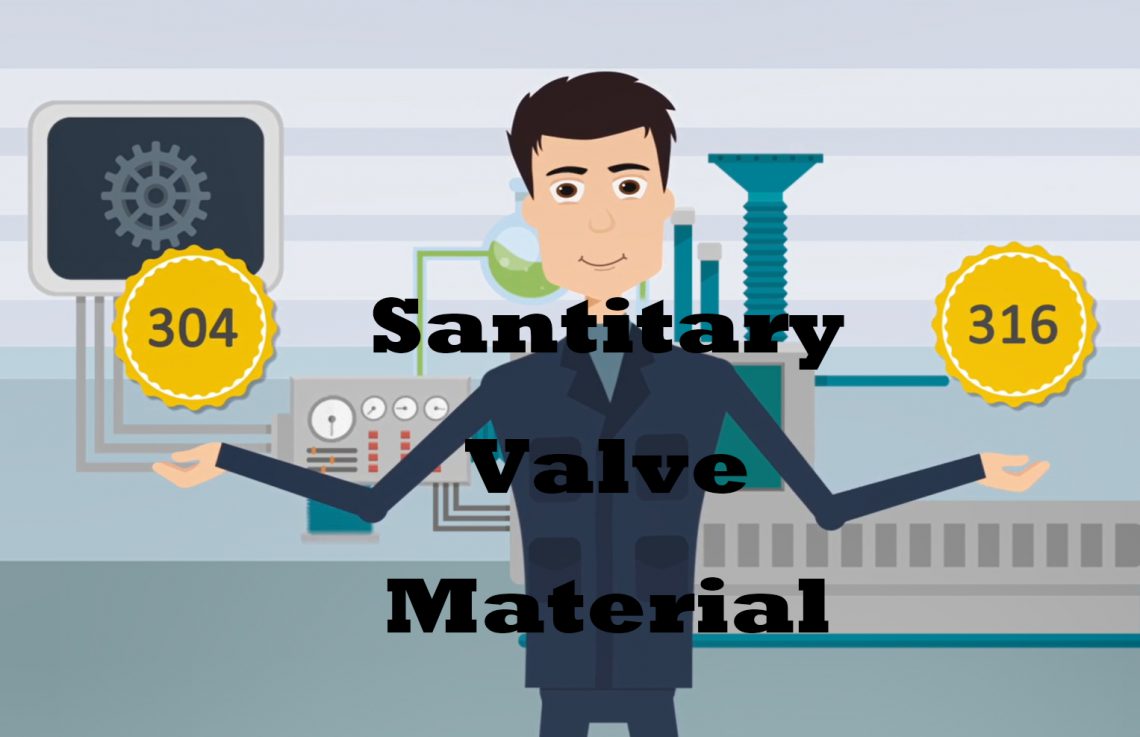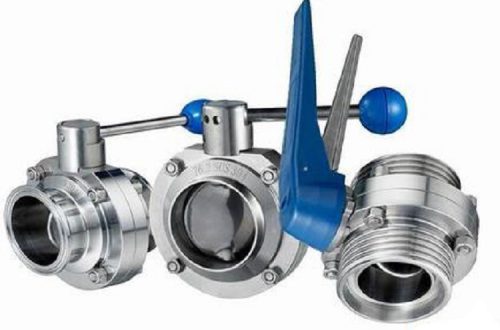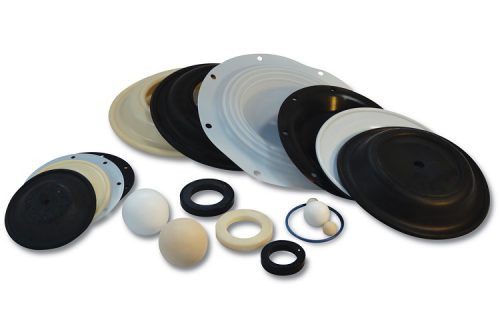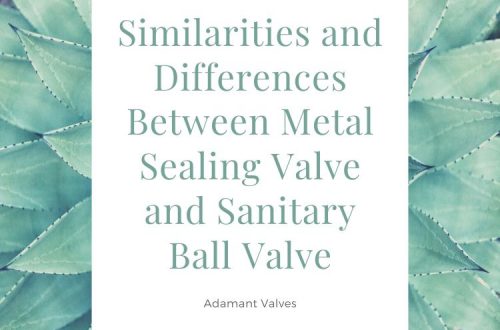Nowadays, 304 and 316 stainless steel are the two most popular materials for making sanitary valves. For normal customers who are not very familiar with the sanitary valve materials, 304 steel and 316 steel are just different in their “numbers”. But the difference between them can be huge. Please read on to know which kind of sanitary valve material to choose.
Usually, stainless steel products contain a mixture of elements including: Chromium, Nickel, Carbon and Manganese. That accounts for why 304 stainless steel and 316 stainless steel look so similar. When it comes to the difference in their structure, 316 Stainless Steel has the same chemical composition as 304 steel but coupled with another element, Molybdenum. Molybdenum further increases the corrosion resistance of the material, making it ideal for more acidic environments. Therefore, although 304 steel win for its wide applied rages, in special situations, such as acidic material, industrial solvents or highly concentrated saline environments, which can cause corrosion and eventual failure of 304 stainless steel, 316 steel is preferred. The addition of Molybdenum in 316 steel accounts for its higher price than 304 steel. On average, 316 stainless steel costs 20 – 30% more than 304.
Is 316 stainless steel worth the extra cost over grade 304 steel? Well, everyone has his or her own opinion. But, of course, it still depends on what and where you are processing. If you have an application with very powerful corrosives or relies on chlorides, then paying a premium for grade 316 stainless steel is definitely worth it. In such applications, 316 stainless will last many times longer than grade 304 stainless would—which can mean many extra years of useful life. However, for applications using milder acids or where salt exposure isn’t a concern, grade 304 can work just as well.
In conclusion, both of these two stainless steel are non-magnetic, austenitic, and non-hardenable through heat treatment. They are quite durable, and are easily formed and fabricated. 316 steel has better corrosion resistance due to the addition of Molybdenum, but its price is also higher. 316 steel can be worth the expense if you need to have superior corrosion resistance. But for many other applications, grade 304 will serve perfectly fine.
After finish reading this article, can you now distinguish these two sanitary valve steel materials? If you still don’t know which metal is the best for your custom wire basket application, please visit http://www.adamantvalves.com/ for information.





6 Comments
Pingback:
Pingback:
Pingback:
Pingback:
Pingback:
Pingback: